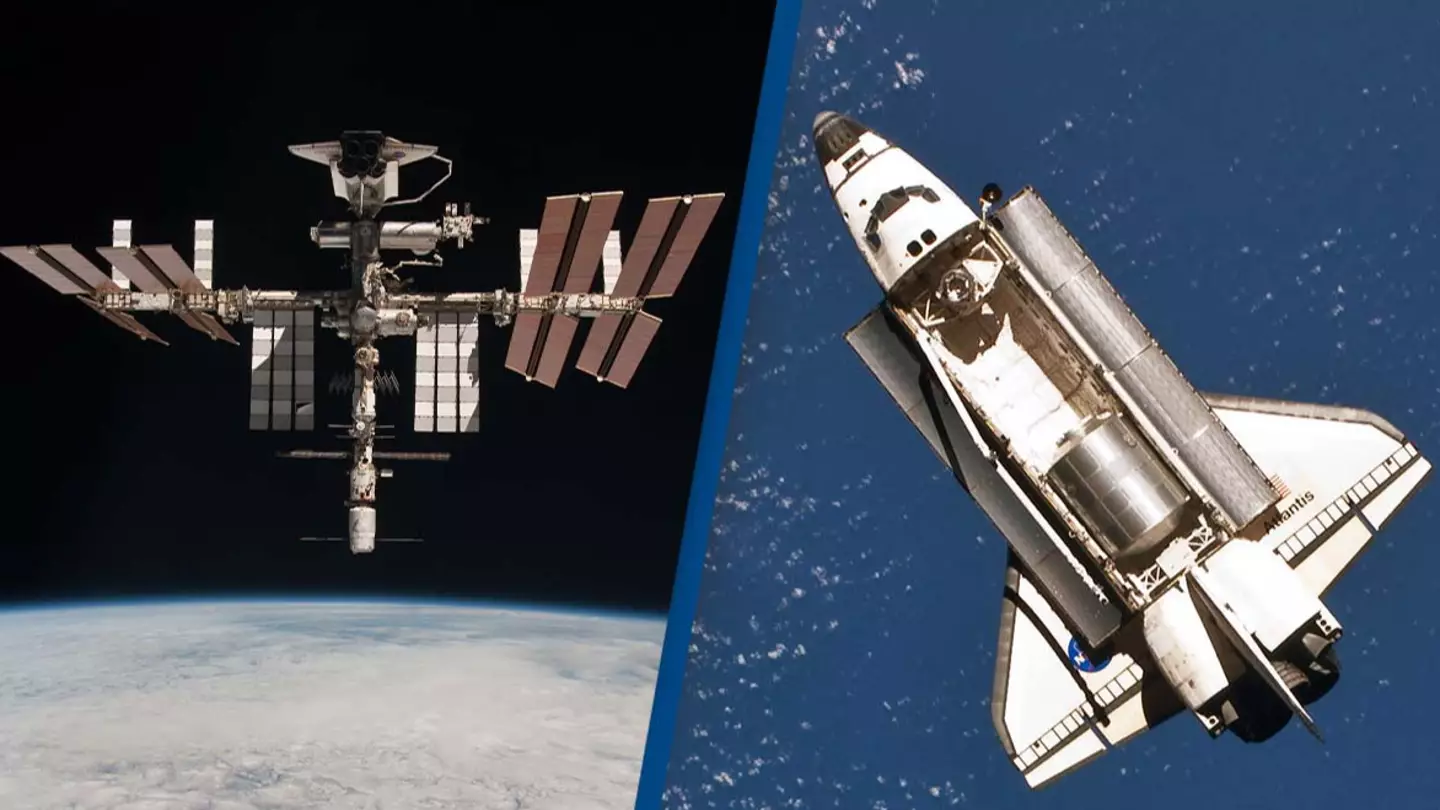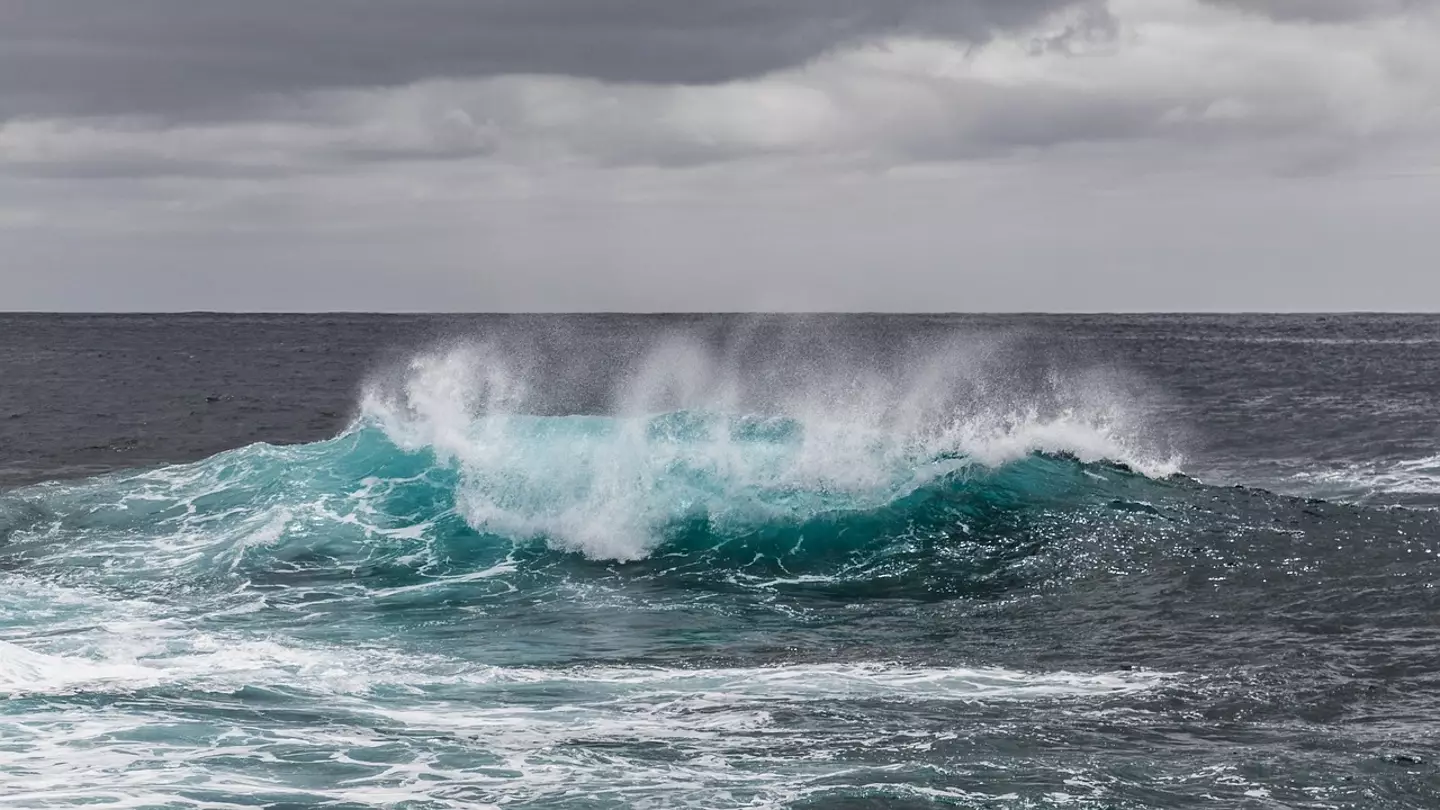
NASA has announced a $1 billion plan to retrieve the International Space Station from among the stars and successfully return it to Earth.
It was back in 1998 that the first segment of the International Space Station (ISS) launched into the sky, and since then the craft has grown and changed while welcoming astronauts from across the globe.
It's done a pretty good job of being there for scientists and researchers hoping to learn all sorts of new information about outer space, but now it's time for the ISS to come home.
Advert
And by 'come home', I of course mean 'get thrown into the ocean'.
This month, NASA shared its plan for returning the ISS to Earth as it put a call out to US Industry for proposals on a 'Station Deorbit Spacecraft'.
The craft will be tasked with 'safely deorbit[ing] the International Space Station as part of its planned retirement', which will begin in the early 2030s.
In order to avoid the ISS crashing through anyone's kitchen window, the station will - ideally - be deorbited in a 'controlled manner' to 'avoid populated areas'.

Last year, NASA released a report stating that ISS operators would perform the ISS re-entry burn once it had lined up over 'the South Pacific Oceanic Uninhabited Area (SPOUA)' around Point Nemo; the location in the Pacific which is furthest from land.
Advert
NASA's call for proposals comes after the space agency and its partners studied deorbit requirements and determined a new spacecraft solution would 'provide more robust capabilities for responsible deorbit'.
Kathy Lueders, NASA associate administrator for space operations, has said the agency came up with a cost estimate 'a little bit short of about $1 billion' for the project.
Those looking to create the US Deorbit Vehicle must offer up a craft that will 'function on its first flight', as well as having 'sufficient redundancy and anomaly recovery capability to continue the critical deorbit burn'.

Proposals for the crafts are due on 17 November, with the space agency allowing hopeful candidates to suggest the design of the vehicle.
Advert
"As with any development effort of this size, the USDV will take years to develop, test, and certify," the agency said.
With that in mind, NASA plans to begin the retirement of the ISS in 2030 with the crew making their final descent to Earth with any crucial equipment.
The ISS will then move towards Earth until it reaches approximately 175 miles above the surface, where the newly created craft will give it the final push it needs.
Topics: Science, International Space Station, Space